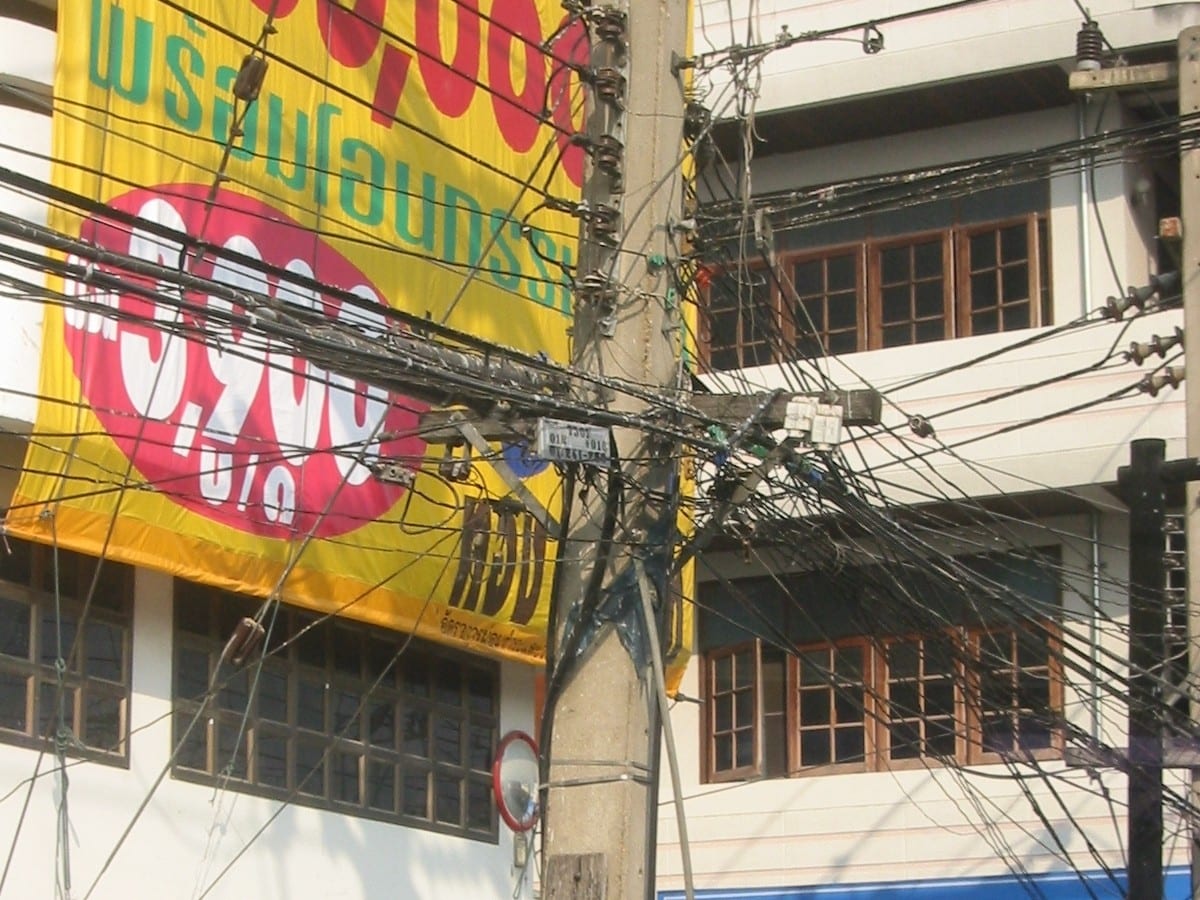
Construction trends continue to rise, while Health and Safety incidents decline.
The London skyline evolves year by year. While construction will always be a high-risk profession, Health and Safety in the UK’s Capital is second to none.
Statistics released by the Health and Safety Executive have confirmed what the construction industry has intuitively known for some time – that London is leading the world in the implementation of Health and Safety practices.
On the eve of London Build 2016, the leading construction event for the South East of England, it is timely to review the HSE legislation and the steps that need to be taken to ensure London remains the benchmark to which others aspire.
Conducting site risk assessments, displaying the correct health and safety signs, ensuring personnel are adequately trained and working hand-in hand with the local authorities are all key to maintaining a robust culture of Health and Safety in one of the most high-risk professions.
Risk Assessments
The purpose of a Risk Assessment is to define, as far as is reasonably possible, the generic risks and mitigation measures associated with activities on the site. As well as clearly identifying a hazard, it also important to understand the contributory factors wherever possible – this means analyzing the hazard to identify the most common causes or reasons why it may occur.
It is important that everybody involved understands that the list identified by the Risk Assessment is not exhaustive. Everyone working on the site needs to appreciate his or her own responsibility for health and safety and how their acts or omissions may affect others.
The risk assessment will usually utilise a 5 X 5 risk assessment table: Severity X Likelihood of occurrence = Risk Factor (S X L = RF) Hazards are identified, listing possible causes, and are assessed for severity. These are then multiplied by the frequency or likeliness of an incident occurring if no controls were in place. This produces a “gross” risk factor. These risk assessments will then be reviewed by the appointed Project Manager and then expanded upon if required to mitigate the risk factor by application of the necessary controls.
Safety Signs
The HSE states that safety signs and signals are required where, despite putting in place all other relevant measures, a significant risk to the health and safety of employees and others remains.
Signs are required to be clear and legible. They are required to identify actions that are prohibited (eg no access), safeguards that must be followed (eg ear protection must be worn), warning of a hazard (eg corrosive material) and to direct towards fire exits / equipment or first-aid equipment.
The Regulations bring into UK law an EU Directive designed to harmonise signs across the EU so that signs across the member states will have the same meaning across different countries.
Fire Safety
A major HSE focus in all industries, but particularly construction, is that of fire safety. Businesses have responsibilities under the Regulatory Reform (Fire Safety) Order 2005 to ensure their properties meet essential safety guidelines in the event of a fire.
This means sites should perform regular documented audits to ensure the adequacy of fire safety signs, fire detection and suppression equipment, emergency exits and basic emergency procedures.
London Fire Brigade has a statutory duty to enforce the provisions of the Order, to reduce the risk of fire causing death or serious injury to individuals and to protect property. They conduct fire safety audits of their own, which examine sites and relevant documents to ascertain compliance with the Order.
Providing practical help and advice is a core part of the London Fire Brigade’s role. By taking full advantage of their services, businesses can mitigate risk to staff and the general public and also ensure they are operating within the law.
HSE Training
With so much to consider, it is fortunate that the range of HSE courses available in the Capital is also second to none. Hot Courses identifies no less than 49 construction health and safety courses available in London alone.
Paramount among these are professional qualifications that everybody in the construction industry should take, such as the NEBOSH Certificate in Construction Health and Safety. The course is aimed at those that need to have a firm understanding of everyday health, safety and welfare in the construction workplace.
Such courses can typically be taken online and studied at a pace to suit the individual.
There are also a number of shorter bespoke training courses available dealing with diverse Health and Safety topics including site supervision, working at height, working with asbestos and numerous others.
HSE Site Inspections
The HSE reserves the right to make unannounced visits at construction sites. Indeed, it has been suggested that these initiatives have played an important role in bringing Health and Safety to the levels we see today.
HSE Inspectors ensure that high-risk activities, particularly those affecting the health of workers, are being properly managed, and typically carry out focussed initiatives every year.
The stated aims of these initiatives are as follows: to achieve an improvement in industry standards, in particular at small sites; to increase awareness of the HSE’s expectations of the construction industry; to demonstrate that the HSE really does use the enforcement tools at its disposal to protect the workforce and bring about positive and sustained change.
During the course of their inspections, the HSE inspectors will seek to answer a number of questions:
The HSE uses these initiatives to reinforce its message to the construction industry that poor standards will not be tolerated and are liable to result in enforcement action.